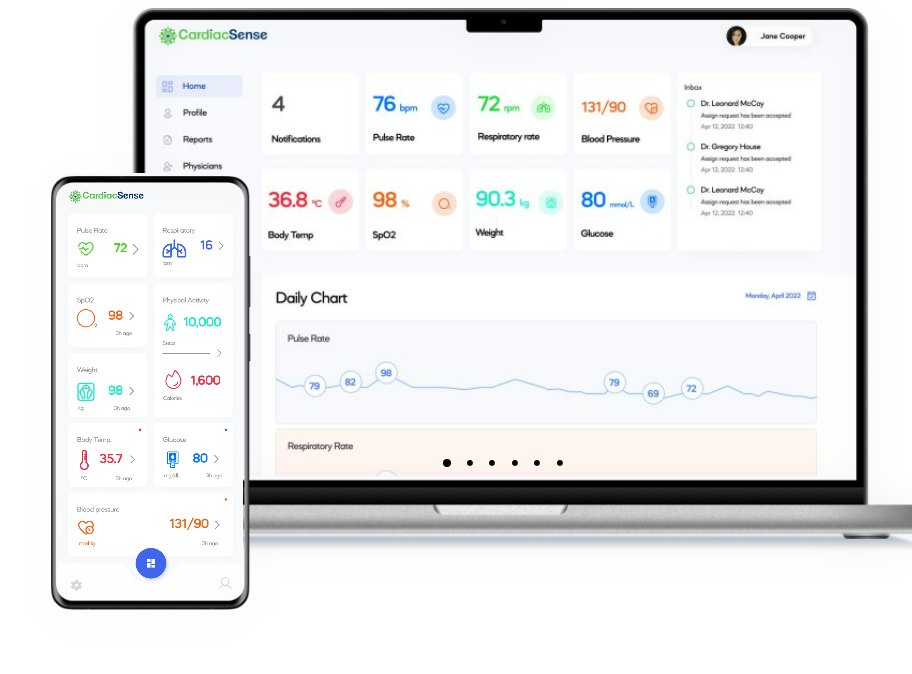Your hospital is subject to the Medical rule with holding reimbursement from hospitals who have above average 30-day readmission rates for specified conditions. In order to reduce your readmission rate, you have spent time improving your discharge medication reconciliation procedures. You also now require that your staff book a follow up appointment with the patient’s outpatient physician before they are discharged, and you have even hired a transitional care physician to maintain contact with patients in high risk groups soon after discharge. Despite these efforts, readmissions continue to plague your institution. Many patients don’t keep their appointments, and even the transitional care physician finds it difficult to make progress. Most patients say they are compliant with their medications and report no symptoms right up until they are back in the emergency department. Your transitional care doctor has now blossomed into a transitional care team including nurses and physician assistants to help you track all of the discharged patients. Your expense is increasing, and your readmission rate has not fallen. You decide to try a pilot project utilizing the CardiacSense Medical Watch on a select group of your sickest patients. By alerting you to deteriorating conditions even before the patient is aware of them, you are better able to intervene at an early stage and avoid readmissions. Because the data allows you to target only those patients which actually need your help, you are able to streamline your team while at the same time avoiding readmissions and medicare penalties.






